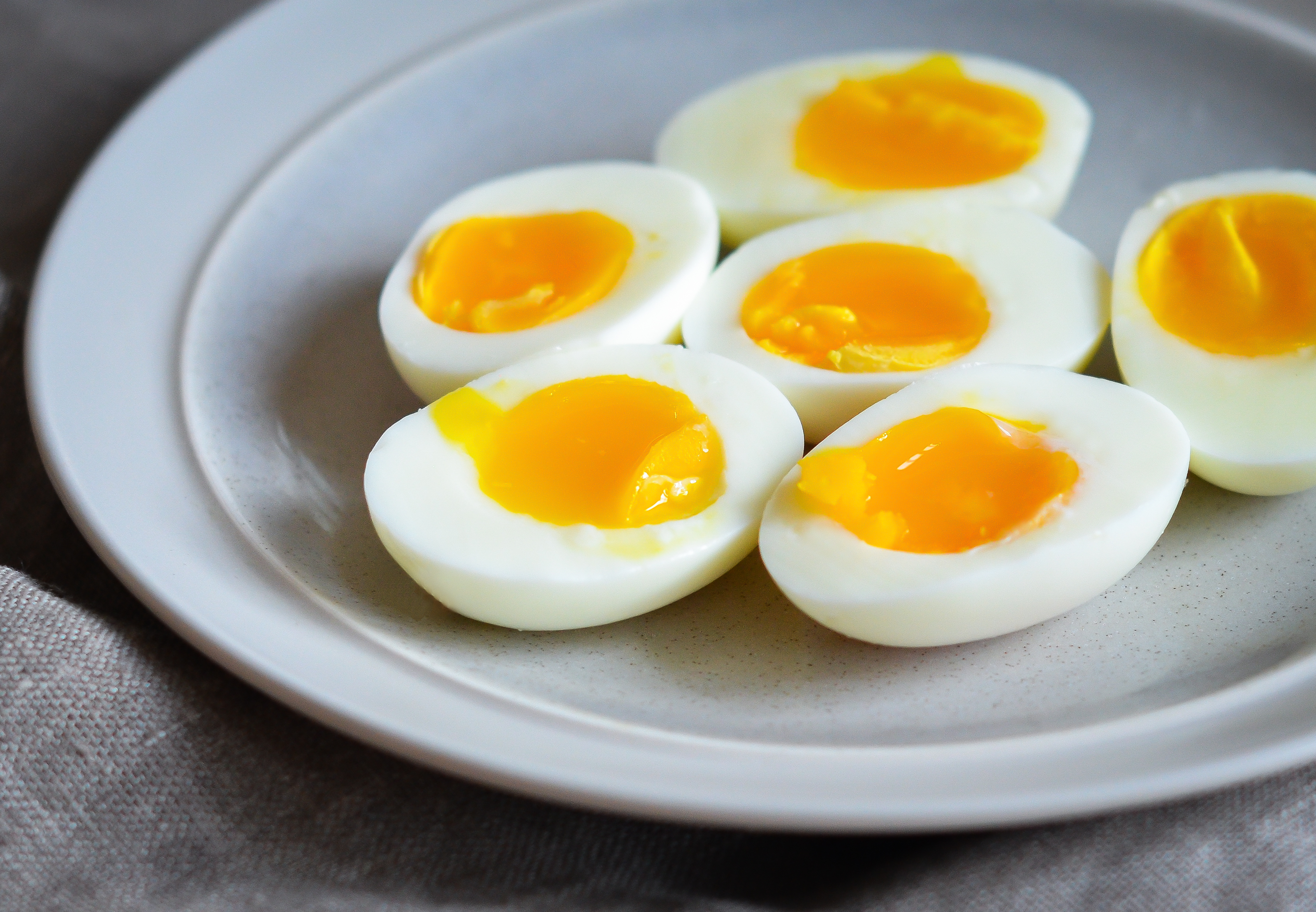
The consistency of the egg you choose for your dish is a matter of personal preference. These are excellent for deviled eggs, egg salad, or eating on their own. The whites of a near-firm or firm hard-boiled egg are sturdy with a solid yolk.

Soft-boiled eggs are a tasty addition to instant noodle and rice dishes as well. You can also cut them in half and place them directly on the toast for a quicker breakfast. An old-fashioned way to serve hard-boiled eggs with liquid yolks is cracking open the top and serving them in an eggcup. The whites of a soft-boiled egg are firm, and the yolk is runny, making them perfect for breakfast. Here, we’ll also go through the different consistencies so you can choose the correct cooking time when preparing various dishes. However, by following this hard-boiled egg recipe, you, too, can learn to make foolproof hard-boiled eggs whether you’re a beginner or you’re looking to up your egg-boiling game. What’s more, the variety of techniques and the sheer amount of details can also create a learning curve. While boiling eggs may seem like a straightforward process that everyone should know, that’s not the case.

Still, they probably run into a less than ideal egg every so often because of some unknown variable or simply bad luck, but it’s rare, thanks to their foolproof – or near-foolproof – method. Even the more experienced cooks you know likely took the time to find a proper method that works for them. Whether you’ve done it hundreds of times, or it’s your very first, never feel silly for needing some extra information on how to make hard-boiled eggs.


 0 kommentar(er)
0 kommentar(er)
